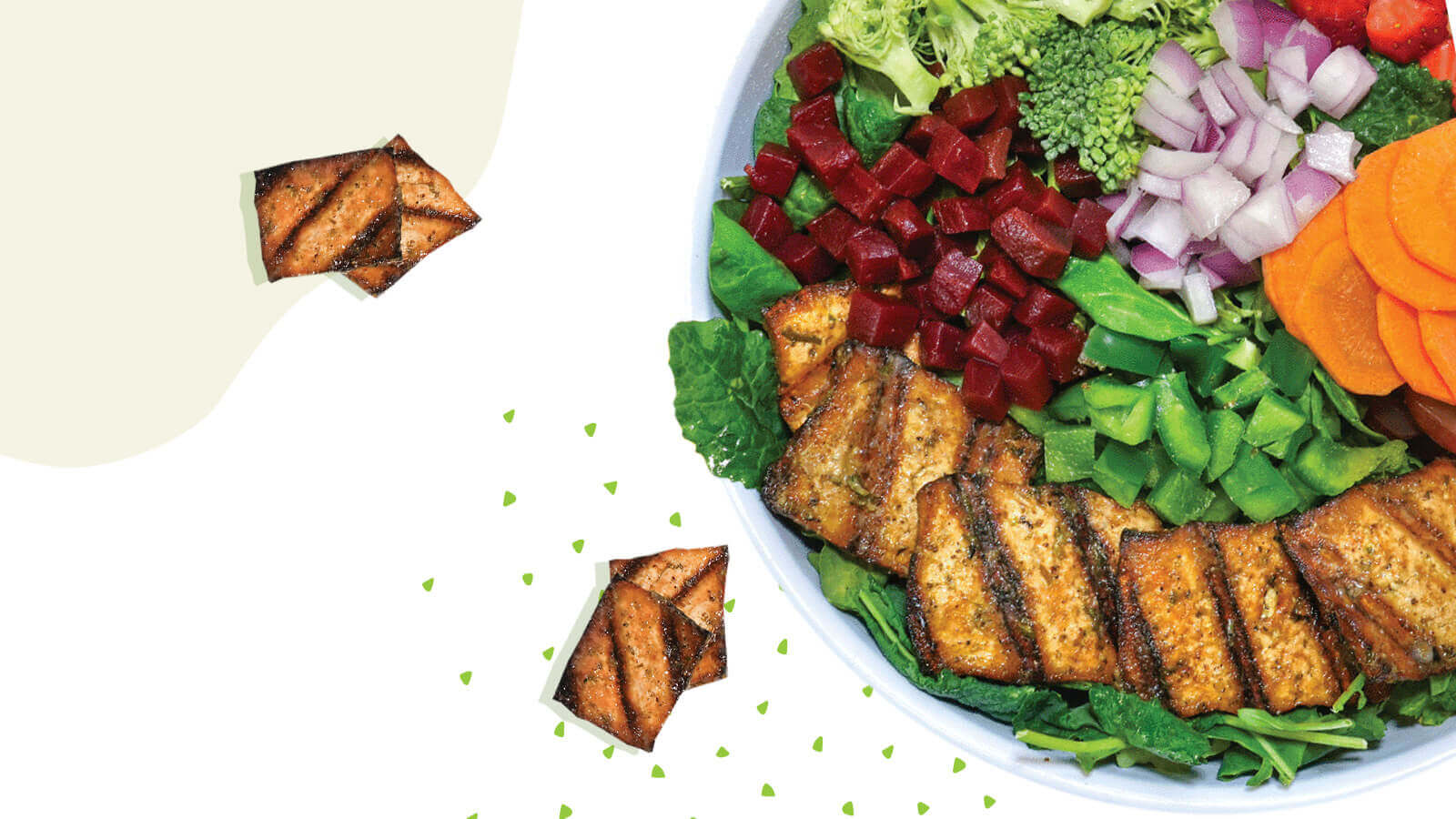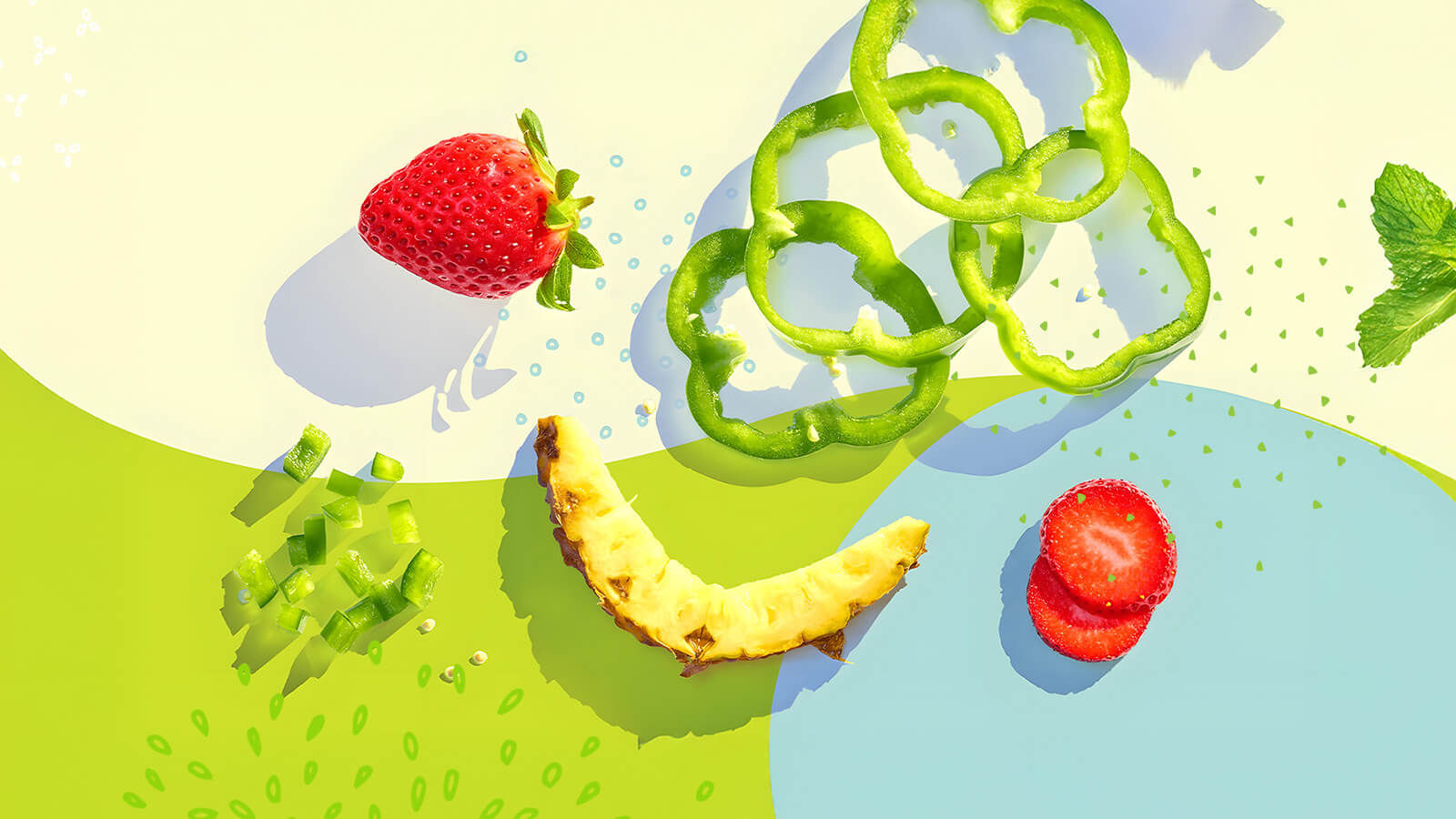trending diets: ketogenic
These days it can feel like you need a degree to know how to eat healthy and what kind of diet you “should” be following. We sat down with a Registered Dietician Nutritionist, Amy Haynes, and asked her to break down some of the most popular trending diets and the benefits of each. Even with Amy’s help, our heads were spinning with all of the information, tips and pitfalls for each diet. So, we’re turning what was a singular blog post into a series so that you can follow along and make the best decision for your health and lifestyle.
We’re kicking off this series with a look into the Ketogenic diet and what makes it a good (or bad) option for you. Think of this as your one-stop shop for getting straight to the heart of the Ketogenic diet. If you are already on the Keto diet, skip to the best practices section for tips on how to do it right!
Background
The Ketogenic diet was not always the fad for weight loss it is today. It was originally developed to treat severe epilepsy in infants and children under medical supervision and required carbohydrates to be limited to 20–50 grams a day. The diet evolved into one of the most popular diet trends for weight loss. The standard Ketogenic diet for weight loss is comprised of 75% fat, 20% protein, and 5% carbohydrates. This combination of high fat, moderate protein, and low carbohydrates leads the body into a state of ketosis.
Ketosis is achieved when carbohydrates (the preferred energy source for the human body) are restricted (at or below 50 grams a day) to force the body to burn fat for energy. After 3–4 days of restricting the dietary starch and sugar needed for insulin production, its secretion is reduced. This triggers the body to primarily burn fat for fuel. When the body is using fat as its primary energy source (as opposed to glucose from carbohydrates), ketones are formed that supply energy to all organs and tissues.*
*This state of ketosis is not to be confused with life-threatening ketoacidosis most associated with type 1 diabetes.
While on a Ketogenic diet all grains, beans, peas, starchy vegetables (sweet potatoes, yams, potatoes, carrots, parsnips, peas, yucca, corn, cherry tomatoes), sugar and most fruits (bananas, pineapples, papayas, apples, oranges, grapes, mangos, tangerines, all fruit juices and dried fruits) should be avoided. Your protein intake should be low enough to maintain ketosis, but also enough to maintain lean body mass. Processed meats should typically be avoided on this diet as well.
To break this down into one sentence, the Ketogenic diet works by reducing carbs to below 50 grams a day and filling your diet with fats and unprocessed proteins.
Benefits
Now that we’ve gotten down into the details, let’s talk about the benefits of maintaining a Ketogenic diet. In addition to helping maintain and increase weight loss, cravings and hunger are significantly reduced while on a Ketogenic diet. This makes it easier to eat less and restrict calories.
The Keto diet can also help improve blood sugar control and insulin sensitivity, which promotes healthy insulin levels. Current studies are showing that very low carb diets can help people with metabolic syndrome, insulin resistance and type 2 diabetes.
The benefits of this diet aren’t restricted to sugar control. It can also lead to improved blood pressure, triglyceride and HDL levels. Other studies have found the Keto diet can have a positive neurological effect on people with Alzheimer’s disease and Parkinson’s disease by reducing symptoms.
Pitfalls
All of these benefits are great, but there is a reason not everyone has jumped on the Keto train. This diet is very regimented, restrictive and complicated, which can be frustrating (saying goodbye to fruit is hard, OK?) and cause people to give up.
It can also be really time consuming to plan out your meals, and have we mentioned how expensive the foods associated with this diet are? Cheeses and meats are some of the costliest food items you can buy (take it from us).
There is also the possibility of experiencing what is called the Keto “flu,” which can be caused by an extreme reduction in carb intake and lasts 2–4 days. Symptoms that are often experienced with this include dizzy spells/lightheadedness, upset stomach, fatigue, headaches, nausea, diarrhea, vomiting, fever and constipation.
Risk
Every diet has some inherent risks. The diet restrictions required by the Keto diet can cause an increased risk of nutrient deficiencies, including B vitamins, beta-carotene, vitamin C, vitamin K, and fiber.
The higher levels of ketones in the blood can increase your risk of dehydration, and if you shift your diet back to include more carbs there is a risk of regaining any weight that was lost. There also isn’t a lot of research into the long-term effects of the Ketogenic diet, and it isn’t recommended for pregnant women or people with pancreatic disease, liver conditions, hyperthyroidism, gallbladder disease or those who have had their gallbladder removed.
Best Practices
If after reading some of the key things to know about a Ketogenic diet you want to give it a shot, Amy provided some best practices on how to be successful.
- Incorporate an abundance of plant-based fats such as avocado, coconut, olive oil, nuts and seeds, which offer heart-healthy fatty acids and essential vitamins, minerals and fiber.
- Drink plenty of water and especially electrolyte enhanced water to avoid dehydration. Staying properly hydrated along with maintaining sufficient levels of electrolytes also helps to alleviate Keto “flu” symptoms.
- Recipe Ideas:
- For some yummy Keto-friendly nachos, use green bell pepper slices in place of chips as the base and add desired toppings.
- Create Keto-friendly tacos by replacing tortillas and taco shells with lettuce leaves.
- Satisfy cheeseburger cravings by using lightly seasoned and grilled Portobello mushroom caps in place of hamburger buns.
Creating a Keto Salad at Salata
While Keto may be a restrictive diet on its own, there are plenty of options still available to you when you dine at a Salata salad restaurant near you. Below is a list of toppings, proteins, and dressings that are Keto-friendly, most of which are available on our salad menu.
Vegetables & Fruit
- All lettuce and leafy green options
- Avocado
- Banana peppers
- Bean sprouts
- Beets
- Broccoli
- Cabbage
- Cilantro
- Cucumber
- Green bell pepper
- Jalapenos
- Jicama
- Mushrooms
- Olives
- Pea sprouts
- Radishes
- Red onion
- Snow peas
- Strawberries
- Tomatoes
Cheese
- Blue cheese
- Feta cheese
- Parmesan
Proteins
- Bacon, chopped
- Chicken, herb-marinated
- Chicken, pesto
- Chicken, spicy chipotle
- Egg
- Salmon
- Shrimp, herb-marinated
- Turkey (contains a small amount of sugar, but 1 gram of carbohydrate /serving)
Dressings
Best Options
- Lemon vinaigrette
- Oil & vinegar
Considerations
- Fat-free Sundried Tomato – 3 grams carbohydrate/serving
All of the following contain a small amount of sugar, but still offer low amounts of carbohydrates per serving.
- Buttermilk ranch – 2 grams carbohydrate/serving
- Chipotle ranch – 3 grams carbohydrate/serving
- Classic caesar – 2 grams carbohydrate/serving
Nuts & Seeds
- Almonds
- Pumpkin seeds
- Walnuts



Comments